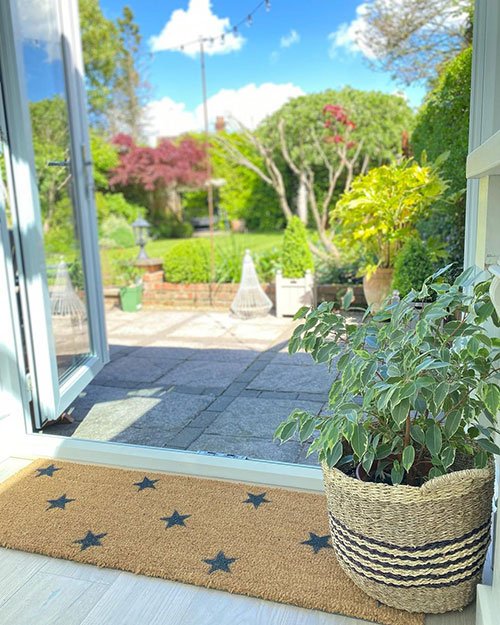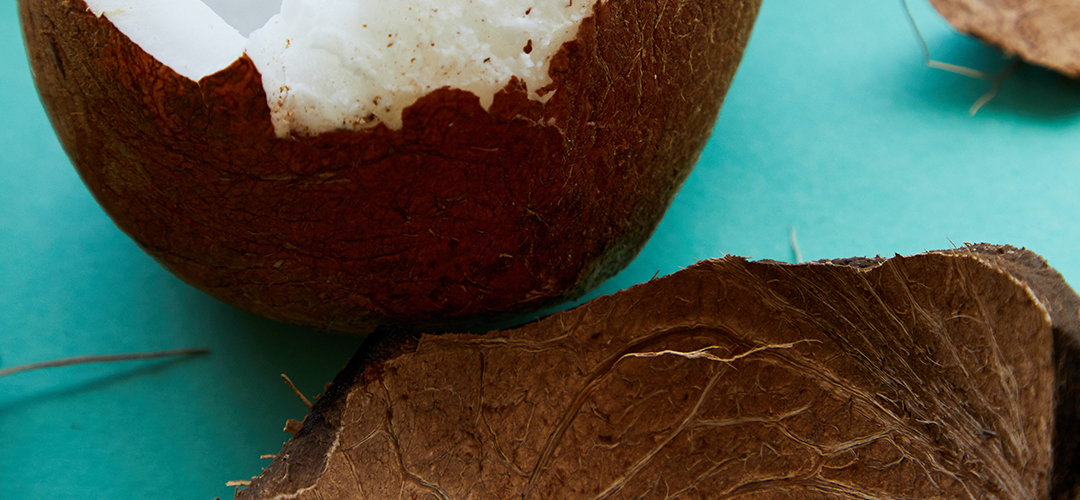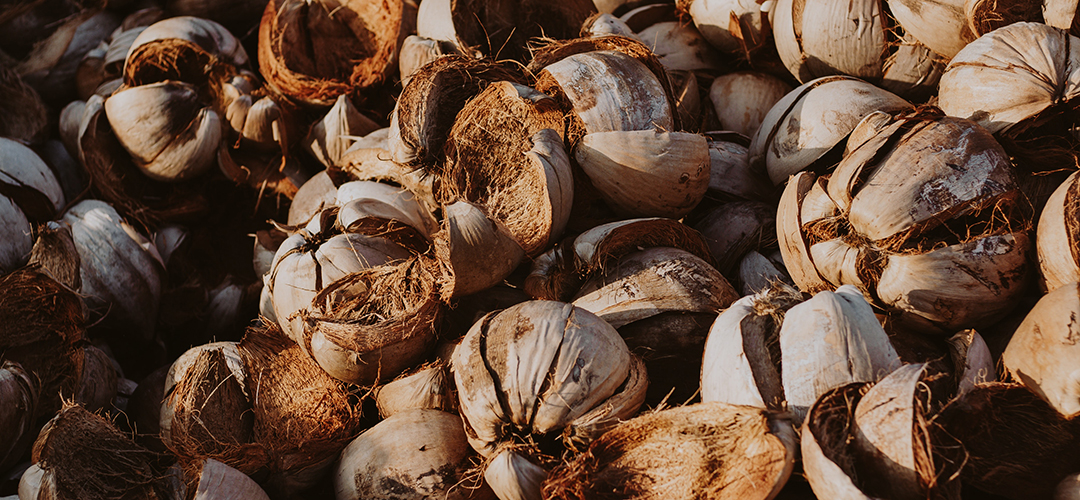An Overview
As you may know, Artsy Doormats was created in 2016 when we saw a gap in the market for unique doormats. Since then we have been working hard to create funky designs on high quality coir doormats.
Our team are always finding ways to improve Artsy Doormats, whether that’s by following trends and creating new designs or by quality checking our paint and doormats. We chose to work with coir doormats as they’re incredibly durable and hard working, which is essential when you’re repeatedly wiping your muddy feet on something!
We hand spray our doormats, this means that every doormat is seen by one of our team before it heads out the door to you. This helps to ensure you’re happy with your doormat, after all it’s got to be Instagram worthy when you receive it!
So, how are coir doormats made?
Coir has been used to make doormats for many years and there’s lots of reasons why. Coconut’s are grown with an outer husk attached, this is something you won’t see on them in supermarkets. This is then scraped off the coconut to start the process of making the matting. As coir is completely natural, this makes it 100% organic and biodegradable.
Fun fact: To produce up to 1kg of coir you will need 100 coconuts!
Once the process of de-husking is complete, the coconut husk is then left to soak in water, which will encourage bacteria to form. Bacteria will eat away the coconut husk and leave only raw coir behind. The coir is then ready to be spun around and beat until the fibres loosen up, when they’re loosened they will then be moved into a slower-moving drum that will separate fibres into different lengths. Only a specific length of fibres can be used for doormats but the other fibres won’t be wasted, they will go on to be used for other useful items.
The Final Step
Finally, the desired lengths of coir fibres are collected together to begin forming the doormat shape. Coir can be placed into various shapes, like our hearts and circles. Our doormat base will always be a brown shade, however it is easy to colour as well. We now have several paint colours that look very vibrant after a couple of coats, this paint can last a long time as long as it’s kept away from bad weather conditions.
It’s amazing to think about the process that goes into making a doormat, maybe you will think about this when you next treat yourself to an Artsy Doormat.










